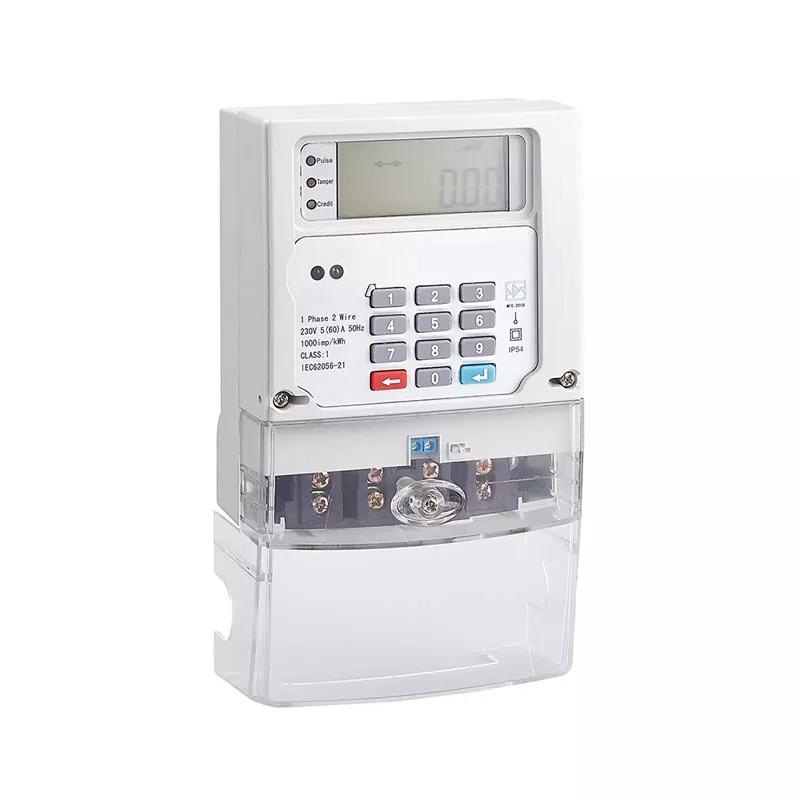LCD meter module
2024-10-01

What are the applications of Meter LCD?
The Meter LCD module finds its application in monitoring different parameters like speed, voltage, current, temperature, frequency, and many more. It is used in various electronic devices such as:
- Energy meters
- Medical equipment
- Automotive systems
- Home appliances
- Consumer electronics
- Laboratory equipment and so on.
How does Meter LCD work?
The Meter LCD module works by converting the analog signal into digital signal by using a sensor, which is then processed by the microcontroller and displayed on the LCD. The display of the meter depends on the type of application it is being used for. It can be either numeric, alphanumeric, or graphical, and can display values in different units depending upon the user requirement.
Why is Meter LCD important?
Meter LCD is important for various reasons. It provides a clear and accurate display of the reading, which makes it easier for the user to read and interpret the data. It also helps in reducing the complexity of the system by integrating different components into a single module. Furthermore, it is more reliable and durable as compared to other types of displays.
Conclusion
Meter LCD is an essential component in various industries and electronic devices. Its ability to display real-time data in different formats makes it an important tool for monitoring and controlling different parameters. The accurate and reliable display makes it easier for the user to read and analyze the data, which in turn helps in making informed decisions.
Wenzhou Hoshineo Lcd-Tech Co.,Ltd. is a leading manufacturer of Meter LCD modules. They provide customized solutions to meet the specific needs of their clients and have a wide variety of products to choose from. To know more about their products and services, visit their website https://www.hoshineo.com. For sales inquiries, please contact them by email at sales@hoshineo.com.
Research Papers Related to Meter LCD:
1. S.-M. Kim and S. -I. Moon, 2015, 'Application of an electronic nose (EN) to determine the ripening stage of banana', Journal of Food Engineering, vol. 146, pp. 46-53.
2. J.-W. Lee et al., 2016, 'Development of a Low Power and High Precision Digital Wattmeter with Calibrated Integrated Temperature Compensation'. IEICE Electron Express, vol. 13, pp. 1-6.
3. A. C. Duque et al., 2017, 'Design and simulation of a thermoelectric generator control system based on an STM32 microcontroller', Journal of Power Sources, vol. 341, pp. 241-251.
4. S. Gupta and B. Budhiraja, 2017, 'A stochastic case-based reasoning approach for fault diagnosis of industrial systems', Computers and Chemical Engineering, vol. 97, pp. 155-165.
5. G. Gopal and K. N. Guruprasad, 2018, 'Adaptive Decoupling Control of a Quadrotor Helicopter Using ANFIS', Journal of Intelligent and Robotic Systems, vol. 91, pp. 1-13.
6. E. L. Skoug and S. L. Bartlett, 2018, 'Factors affecting the functional response of a marine secondary consumer utilizing an out-of-equilibrium system', Marine Biology, vol. 165, no.12, pp. 199-205.
7. L. Zhang et al., 2019, 'A unified design approach for adaptive and learning-based control for uncertain MIMO systems', ISA Transactions, vol. 91, pp. 131-148.
8. S. A. Al-Mashhadani and L. K. Al-Rodhan, 2019, 'Detecting Fault Grid Using Wavelets and Artificial Neural Network Techniques', Sensors, vol. 19, no. 11, pp. 2388.
9. M. Al-Hamad and R. Alobaidi, 2020, 'IoT Simulation for Energy Management in Smart Buildings', Advances in Intelligent Systems and Computing, vol. 1188, pp. 414-418.
10. T. Halim and M. H. Yusof, 2021, 'Current state of the art methods for fault classification in power transformers: A systematic literature review', Journal of Electrical Systems and Information Technology, vol. 8, no. 1, pp. 1-15.



